Congrats! You’re expecting a new baby, got a bun in the oven, preggers, with child, eating for two, got a pea in the pod, expecting a visit from the stork. Whatever you choose to call it, it’s BIG – exciting, terrifying, overwhelming, spectacular – NEWS.
There are a number of important items that you’ll need to organise for bub before they arrive – a safe place to sleep, a pram to help you get out and about with them and of course a child car restraint to keep them safe when travelling in the car.
Trying to decide on the ‘right’ child car restraint for you and your new bub may seem overwhelming – there are a number of different choices and lots of information floating around in online reviews, on social media and let’s not forget all of the opinions from your friends and family.
Ensuring bub’s first trip home – or out and about – in the car is safe is crucial, so we’ve put together an easy-to-follow guide for what are no doubt your burning questions.
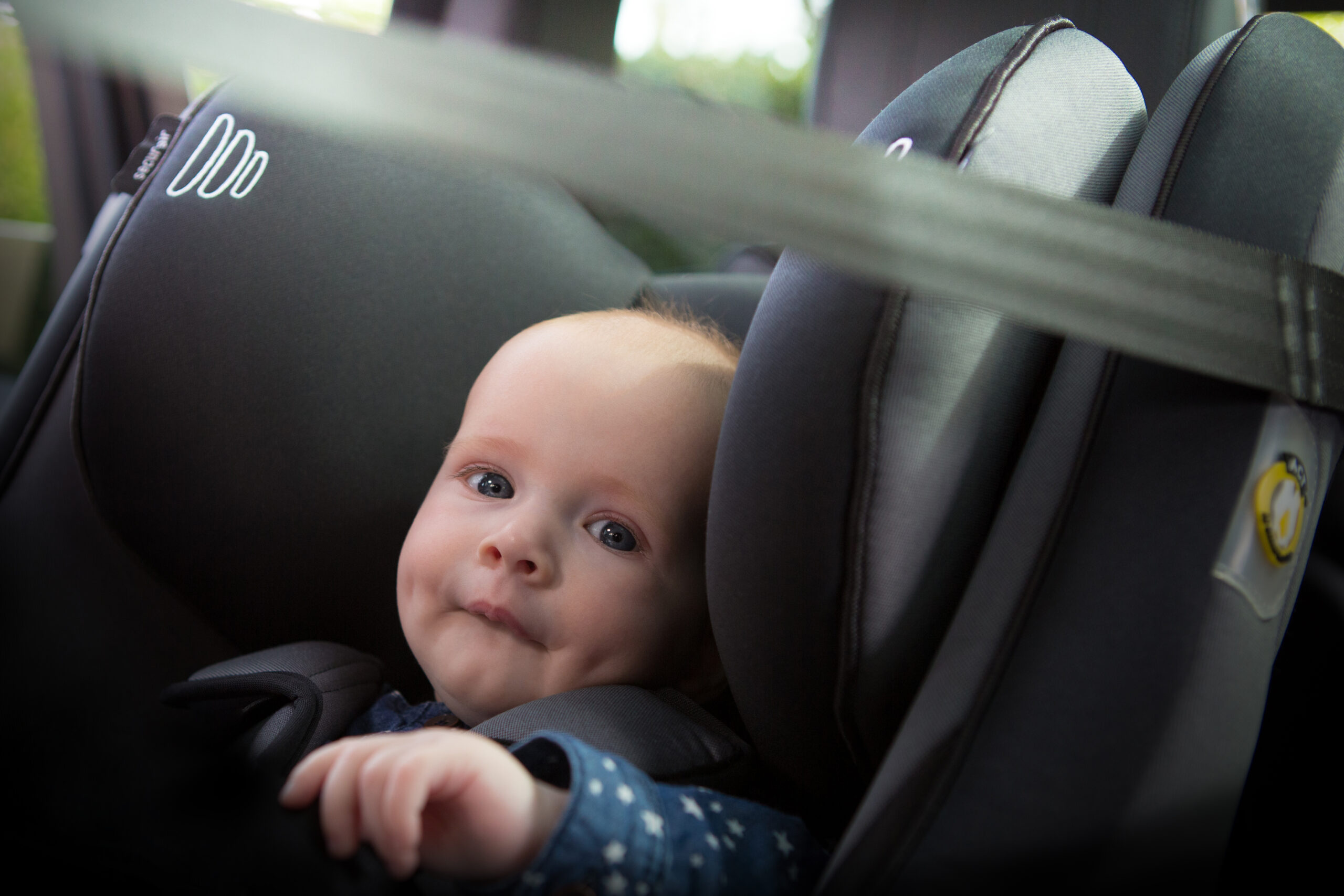
Where do I start?
A common question many parents have is what’s the ‘best’ child car restraint to buy for their bub.
All child car restraints that are sold and used in Australia must comply with the Australian Standard AS 1754, one of the most stringent standards in the world – this means you can be assured that they are safe to use.
What’s best for you and your bub will depend on a number of factors, including:
1. What’s the right size for your vehicle
All makes and models of child car restraints are different, so some will work better in particular vehicles than others. It may seem too early to think about now, but it’s also important to consider how many child car restraints you think you might you need to fit in the car in future.
2. What you feel comfortable using
Your child car restraint is something you will be buckling and unbuckling everyday, so it’s important that you feel comfortable using it. Some child car restraints have features such as easy to adjust harnesses which can make the process of adjusting and using your child car restraint more convenient.
To ensure that the maximum level of protection is provided for your bub, it is important that the restraint they are travelling in is:
1. The right size for them
2. Correctly fitted to the vehicle
3. Properly adjusted and fastened to fit them on every trip
There are 3 main types of child car restraints suitable for a newborn bub
Each type has their pro’s and con’s, so think about what might work for you and your car.
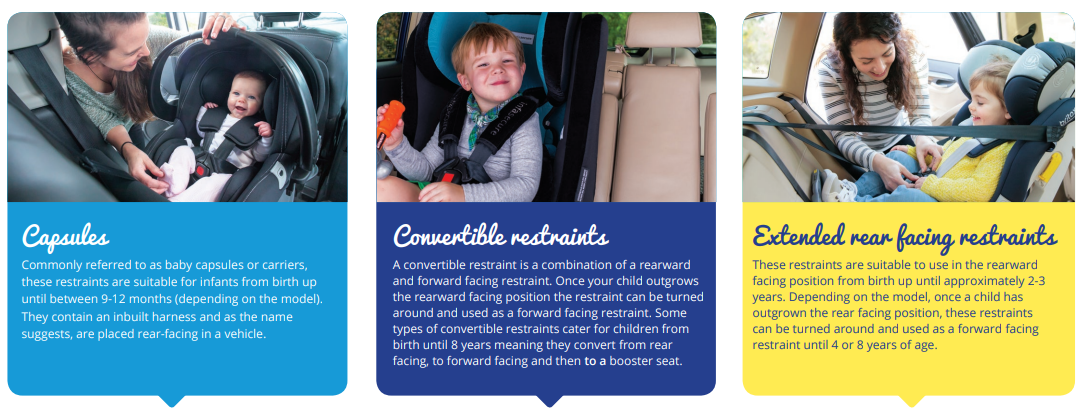
CAPSULE / CARRIER
- ● Pro’s: They are mobile, meaning you can leave bub in the carrier to take them in and out of the car. Some attach to prams to easily transition from the car to walking. Some also cater for low birth weight / premature bubs.
- ● Con’s: They can only be used while your bub fits into the rear facing position (up to about 9-12 months depending on the model and the size of your bub). Once they have outgrown this, you’ll need to buy another restraint.
CONVERTIBLE (REARWARD AND FORWARD FACING)
- ● Pro’s: You can use it for a longer period of time in comparison to a capsule (up until the child is 4 or 8 years old depending on the model and size of your child)
- ● Con’s: They can be heavier and not as convenient when taking your newborn in and out of the car as they cannot be attached to a pram
EXTENDED REAR FACING
- ● Pro’s: You can leave your child rear facing for a longer period of time in comparison to other options (for 2-3 years instead of around 9-12 months depending on the size of your child). You can also use it for a longer period of time compared to a capsule (up until 4 or 8 years depending on the model and size of your child).
- ● Con’s: They can take up more room in your car (sometimes less room for the front seat passenger) and aren’t as convenient when taking your newborn in and out of the car as they cannot be attached to a pram
Some retail stores may allow you to test child car restraints to see how they fit into your car. There are also options to rent them long-term. This can be particularly handy if you choose to use a capsule as they only fit bubs up until about 12 months old.
What is ISOFIX and is it safer than a traditional child car restraint?
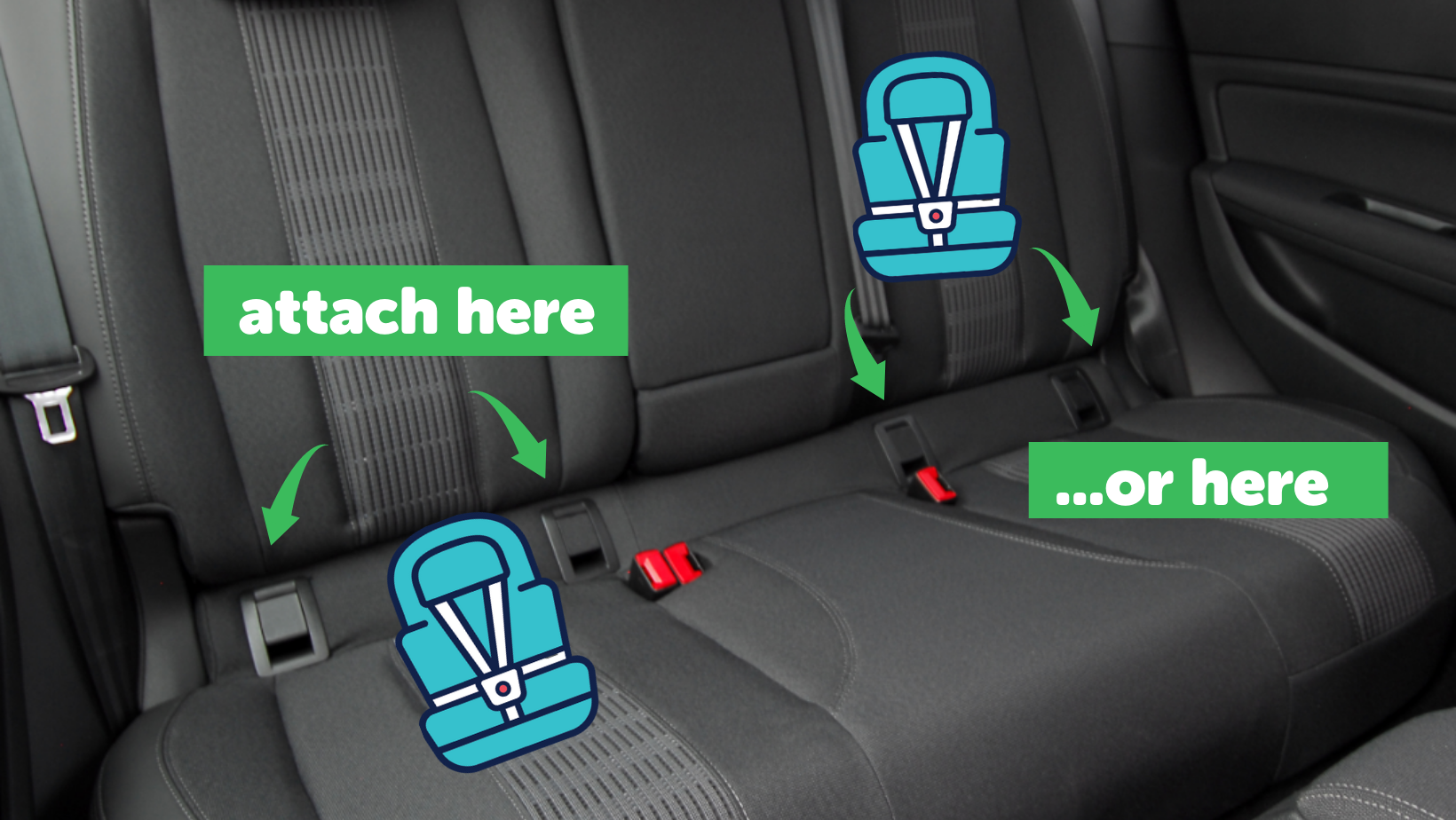
The major difference with ISOFIX compatible child car restraints is the way that they are installed in the vehicle.
Traditional child car restraints are installed using the vehicle seatbelt and a top tether strap, whereas ISOFIX compatible child car restraints are installed using ISOFIX attachments and a top tether strap.
But first things first – before you start considering ISOFIX, it all depends on what type of car you have. To be able to install a child car restraint using the ISOFIX attachments, your vehicle must have ISOFIX anchor points – you can check your vehicle manual to see if your car has these.
Now you’re probably asking – but which one is better? Well, both ISOFIX and the traditional seatbelt systems are equally safe for your bub when they are installed and used correctly.
If I can’t afford a new one, is a second hand child car restraint okay to use?
Second hand child car restraints should be used with caution, especially if you don’t know the history of the restraint. If you are considering using one there are a few things to check, including:
- ● Does it meet the AS/NZS 1754? (look for the sticker on the restraint)
- ● What is the history of the restraint? Restraints that have been involved in a moderate to severe crash should not be used.
- ● Does it have all the parts, including the instruction booklet?
- ● Is it less than 10 years old? Child restraints over 10 years old should not be used – you can find the date of manufacture printed on the restraint.
- ● Is it in good condition with no splits, cracks or stress marks on the restraint shell and no frayed, worn or damaged straps?
How do I know if I have installed my child car restraint correctly?
When installing your child car restraint, it’s important to follow the manufacturer’s instructions closely. After you’ve given this a go, we recommend that you make an appointment with a professional fitter – before bub arrives – to ensure it’s correctly installed.
Kidsafe Victoria’s ‘Safe Seats, Safe Kids’ Program provides free child car restraint fittings and safety checks at local venues across Victoria. Our professional fitters will not only check over your installation, but they’ll also provide a range of practical information and advice to assist you to ensure your bub is travelling safely on every trip. To find out more or book an appointment, please visit: www.safeseatssafekids.com.au
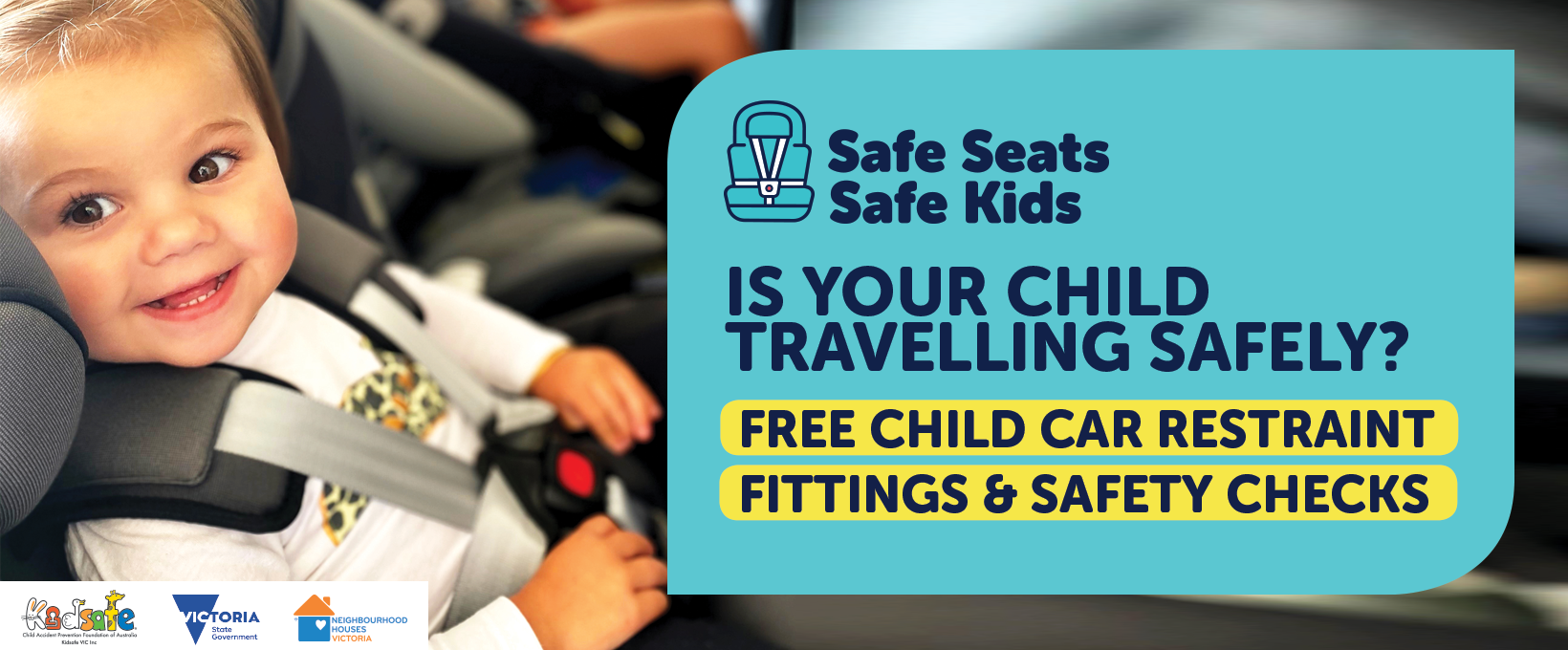
How long does my baby need to stay rearward facing?
While the law allows children over 6 months to use either a rear facing restraint or a forward facing restraint, it is important that you keep your child rear facing for as long as they fit the size limits of their restraint.
The rear facing position provides children with better protection and allows them to develop the head and neck strength they need when they move into the forward facing position.
There are shoulder height markers on child car restraints to provide an easy to understand, visual reference for when your child has outgrown the size limits of that restraint.
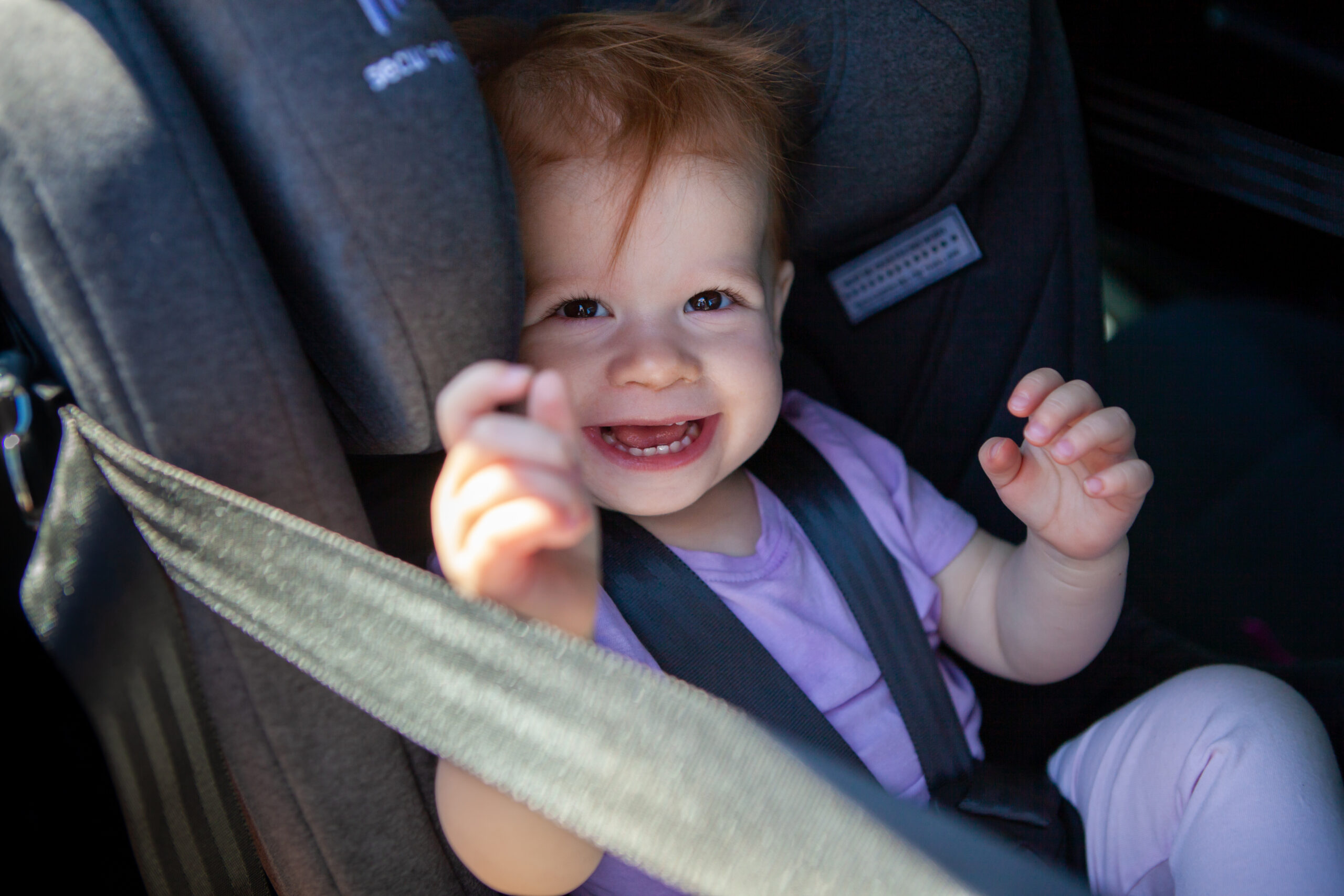
We hope this has helped explain the important things to consider when choosing your bub’s first child car restraint. This advice is available for download in our new brochure.
For more safety advice, details about the Best Practice Guidelines, and other fact sheets, please visit: https://www.kidsafevic.com.au/road-safety/child-restraints/
To read more about how an appropriate and correctly fitted child car restraint can help to keep your bub safe, please read our blog: ‘A rear facing child car restraint saved my babies life’.
If you have any questions, our expert Child Car Restraint Manager is more than happy to help – so please don’t hesitate to contact us.
![]() 03 9036 2306
03 9036 2306
 facebook.com/KidsafeVic
facebook.com/KidsafeVic
